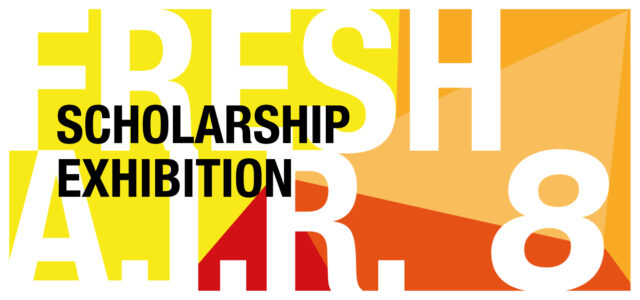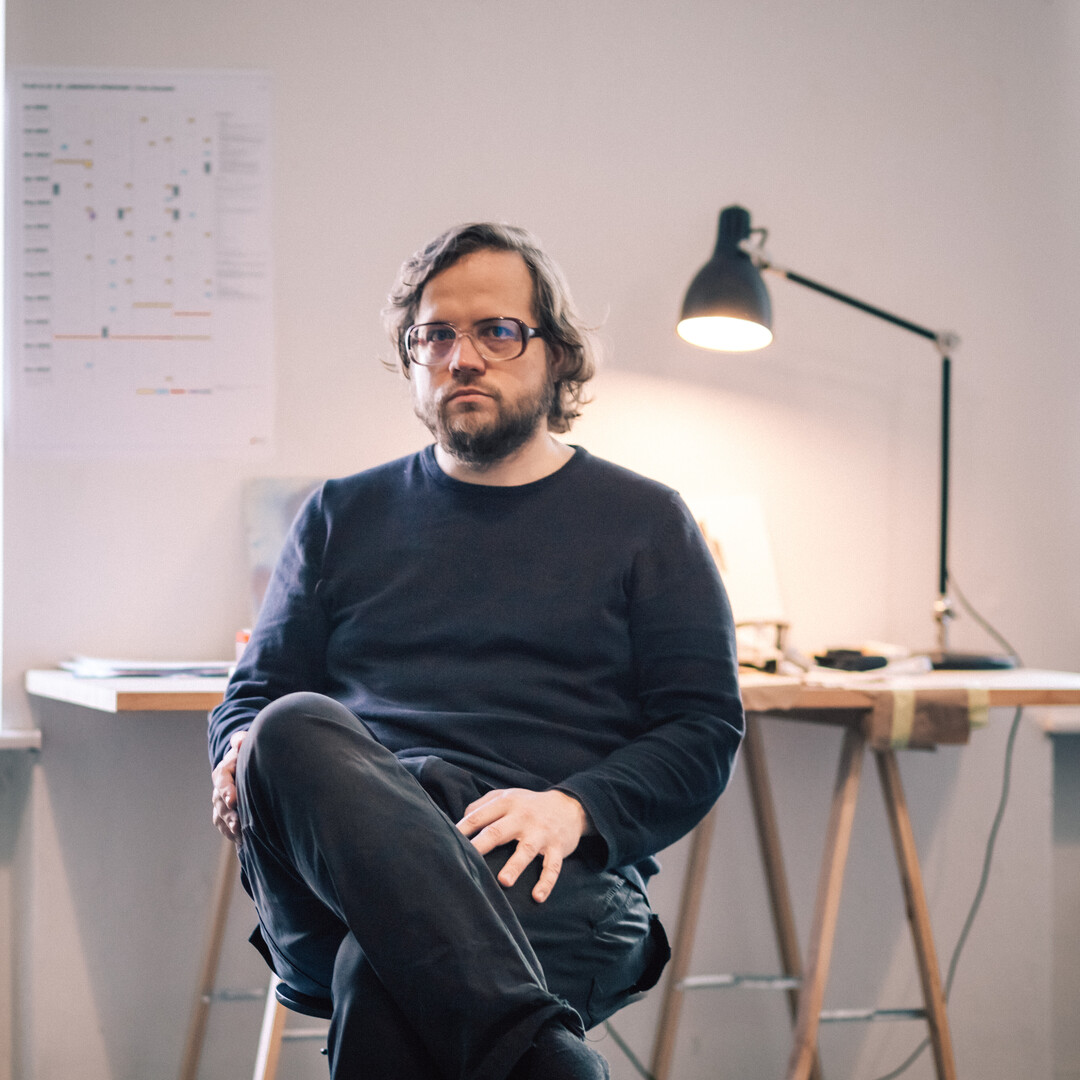- Project Space
- October 10, 2023


Tanel Rander is an Estonian artist, curator and art writer. He has always been interested in tensions between subjectivity and its external influences. Since 2010, his work has been focused on East European identity and decoloniality. During the latest years, […]
Tanel Rander is an Estonian artist, curator and art writer. He has always been interested in tensions between subjectivity and its external influences. Since 2010, his work has been focused on East European identity and decoloniality. During the latest years, he has become interested in mental health, as well as therapeutic and reconcilable qualities of art. His latest solo exhibition was “Angelus Novus” (2022) in Hobusepea Gallery, Tallinn. His latest curatorial project is “Goodbye East! Goodbye Narcissus!” (2023), which focuses on East European collective psyche as a narcissistic constellation. The exhibition takes place in Contemporary Art Museum of Estonia (EKKM).
About the project
The project “Verdammter Rechen” (damn rake) during the Fresh A.I.R. residency departs from two similar folk tales – one from Estonia and one from Martinique island (told by Frantz Fanon in his book “Black Skin, White Masks”, 1952). Both stories speak about language, alienation, the loss and recovery of memory in a colonial context. The story from Estonia is related to the German language, while the story from Martinique is based on French. With “Verdammter Rechen” the artist aims to delicately articulate his experience with the German language and its historical connotations by opening the postcolonial concept of hybridity with its inner tensions and contradictions.
Photos: Christian Rückert
